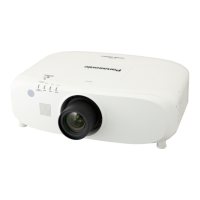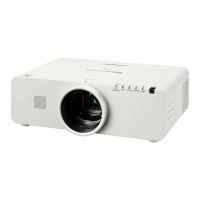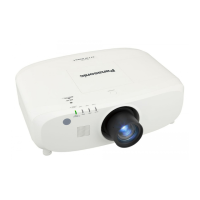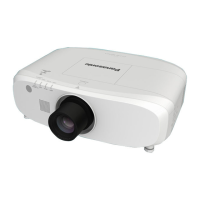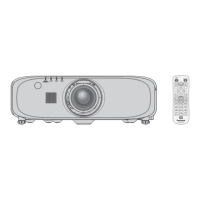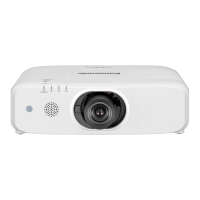Chapter 2
Getting Started — Connecting
ENGLISH - 41
<HDMI 1 IN> terminal/<HDMI 2 IN> terminal pin assignments and signal names
Outside view Pin No. Signal name Pin No. Signal name
Even-numbered pins of (2) to (18)
(1) (19)
(2) (18)
Odd-numbered pins of (1) to (19)
(1) T.M.D.S data 2+ (11) T.M.D.S clock shield
(2) T.M.D.S data 2 shield (12) T.M.D.S clock
-
(3) T.M.D.S data 2
-
(13) CEC
(4) T.M.D.S data 1+ (14) —
(5) T.M.D.S data 1 shield (15) SCL
(6) T.M.D.S data 1
-
(16) SDA
(7) T.M.D.S data 0+ (17)
DDC/CEC
GND
(8) T.M.D.S data 0 shield (18) +5 V
(9) T.M.D.S data 0
-
(19) Hot plug detection
(10) T.M.D.S clock+
Connecting example: AV equipment
Video deck (TBC built-in)
Blu-ray disc player
Audio equipment
Video deck (TBC built-in)
Attention
f
Always use one of the following when connecting a VCR.
g
A VCR with built-in time base corrector (TBC)
g
A time base corrector (TBC) between the projector and the VCR
f
If nonstandard burst signals are connected, the image may be distorted. In such case, connect the time base corrector (TBC) between the
projector and the external devices.
Note
f
For an HDMI cable, use an HDMI High Speed cable that conforms to HDMI standards. If a cable that does not conform to HDMI standards
is used, images may be interrupted or may not be displayed.
f
The <HDMI 1 IN> terminal/<HDMI 2 IN> terminal of the projector can be connected to an external device with a DVI-D terminal by using an
HDMI/DVI conversion cable, but some devices may not project the image properly or function properly.
f
The projector does not support VIERA Link (HDMI).
f
If the [AUDIO IN SELECT] settings are incorrect, the projector may have malfunctions such as the absence of audio.
f
When Y/C signals are input to the <RGB 1 IN> terminal, switch the setting by using the [DISPLAY OPTION] menu → [RGB IN] → [RGB1
INPUT SETTING]. (
x
page 82)
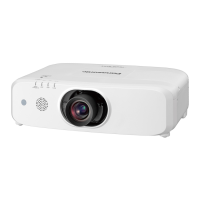
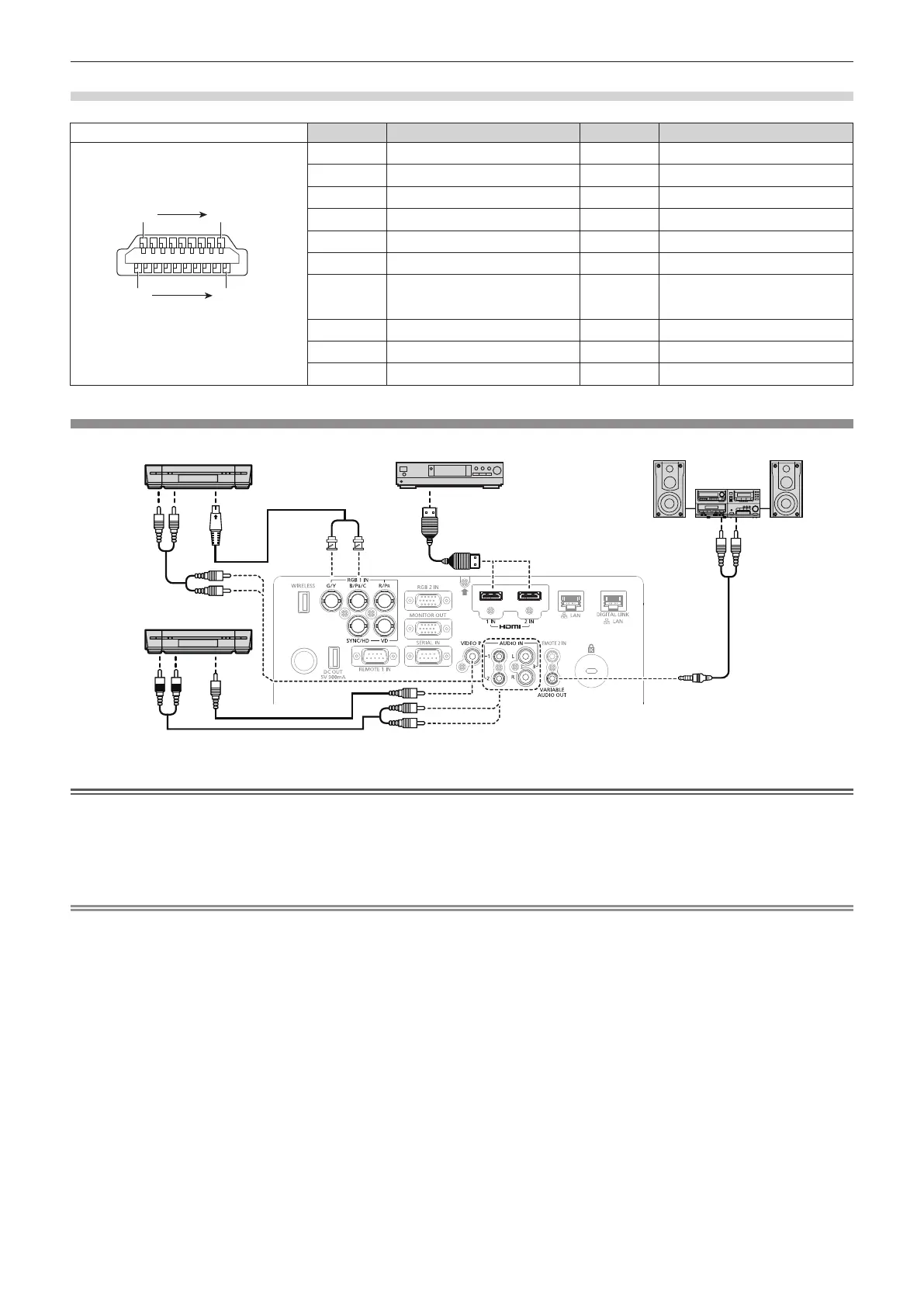